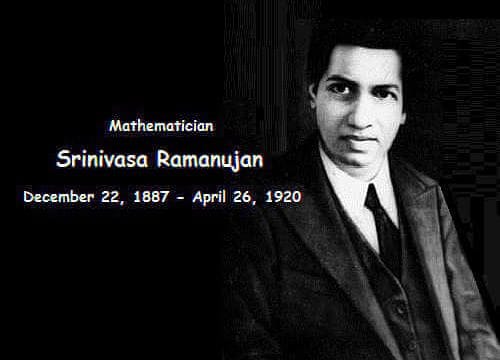Butterfly Effect: Chaos Theory and Time Travel Explained
In chaos theory, the butterfly effect is the highly sensitive dependence to initial conditions in which a small change in one state of a system can result in large differences in a different state. The term butterfly effect comes from a metaphor where a butterfly waves its wings in Tokyo and a tornado forms in Tennessee. That is why it's hard to forecast weather because small changes like this can have a big impact.
French mathematician and engineer Henri Poincaré and American mathematician and philosopher Norbert Wiener first recognized this idea that small causes may have large effects in general and in weather specifically. But it was Edward Lorenz who identified this as a distinctive effect and coined the term Butterfly Effect.
Lorenz theorized the weather prediction models as inaccurate because knowing the precise starting conditions is impossible, and a tiny change can throw off the results.
After suggestions from his partners, Lorenz started using the more poetic butterfly. According to Lorenz, when he failed to provide a title for a talk at the 139th meeting of the American Association for the Advancement of Science in 1972, Philip Merrilees assembled: Does the flap of a butterfly’s wings in Brazil set off a tornado in Texas? as the title.
Even though a butterfly flapping its wings has remained constant in the expression of this effect, the location of the butterfly, the consequences, and the location of the consequences have changed very much.
Lorenz always stated that there is no way of knowing what exactly tipped a system. The butterfly is a symbolic representation of an unknowable quantity.
The concept of the butterfly effect refers to a real-world phenomenon of universal bearing, well beyond the framework of atmospheric physics in which it was initially proposed. It highlights the fact that science is not in the position to predict everything once sufficient information is gathered, owing to the existence of intrinsic limitations.
As time moves forward, the matter becomes more and more chaotic and does not spontaneously return to its original state. The passage of time as we perceive it does exist, conditional to the existence of entropy. As long as entropy is non-reversible, time can be said to exist.
Progression of time is nothing but a journey towards chaos, it makes sense for small changes to affect the future by amplifying the chaos. we can not know if changing the past would change the future. Time is still a constant that continues to elude us and it may behave in ways that we have not yet been able to understand.
Butterfly Effect: Chaos Theory and Time Travel Explained







0 Comments